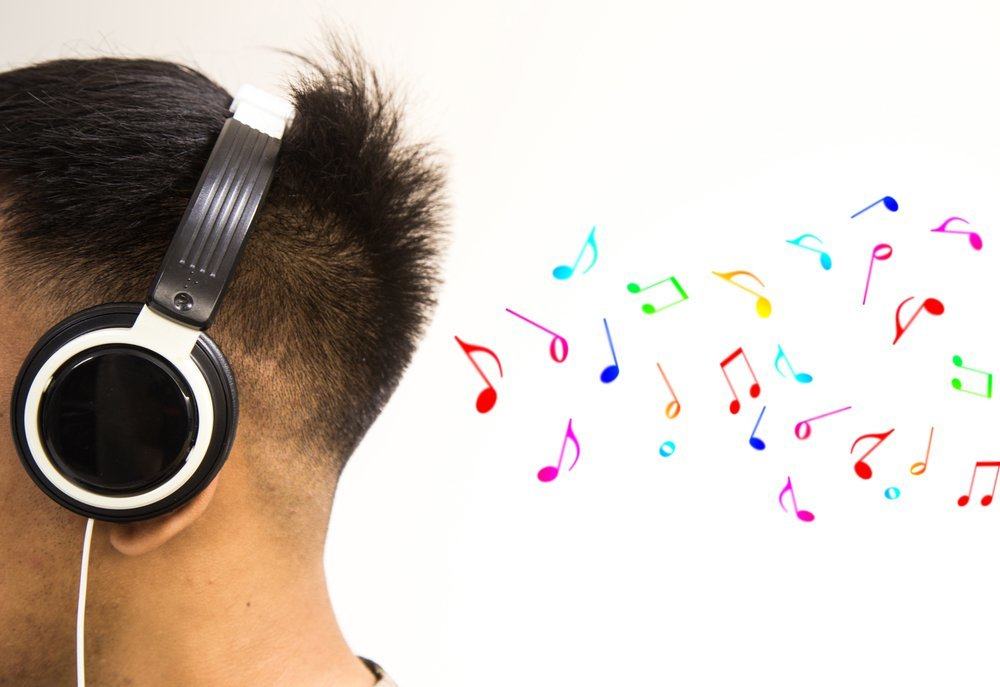Contents:
- Medical Video: Can You Hear Colors? (TEST)
- What is synesthesia?
- Four types of synesthesia
- What are the causes of synesthesia?
- What is felt by someone who has synesthesia?
- Other things that can trigger symptoms are similar to synesthesia
Medical Video: Can You Hear Colors? (TEST)
When most of us can see the sights and hear sounds, some people are able to feel the color and see the sound. This is known as synesthesia, a rare neurological phenomenon that occurs in 1 in 2000 people worldwide. Could it be that you are also one of them?
What is synesthesia?
Synesthesia is a neurological phenomenon in which the brain raises several perceptions in the form of vision, sound, or taste from a sense response. This term has been known since the 19th century, found based on reports of people who claimed to see other colors when they wrote using only black pens.
Every person who has synesthesia has a perception in the form of vision, hearing, or other sensations from things that usually do not cause the sensory response. For example, he will immediately see the color red when he hears or reads the word "Monday", while every time he hears or sees the word "Tuesday" he will immediately see the color blue.
Four types of synesthesia
Until now there are several types of synesthesia that have been identified, including:
Color - is the most common type of synesthesia, usually related to the color of letters or words. For example, a person with synesthesia believes the letter "A" is red and "B" is blue, but the color perception and letters can be different in others with synesthesia.
Pattern or shape - associate a word with a certain shape or pattern, for example a word when you hear "the moon" related to a spiral or circle pattern.
Taste and aroma - Synesthesia that triggers taste perception occurs when a person experiences tasting sensations, textures, or temperatures when looking at colors or hearing a word. There are also stimuli related to a particular aroma or smell, which appear in relation to shape or color, but this type of synesthesia is rare.
Touch sensation - is a type of synesthesia that gives rise to perceptions like being touched when seeing someone else being touched. Conversely, there are also people who experience visual sensations or colors every time they are touched.
What are the causes of synesthesia?
There is a theory that explains that the phenomenon of synesthesia occurs because the person's brain has different neuronal connections, or has extra connections than the brain in general. This is evidenced by a brain imaging studies which shows that the brain of a person experiencing synesthesia experiences increased activity in the part that processes color, together when he is hearing a word.
Symptoms of synesthesia can occur since the age of children. It is not known exactly how a person can obtain synesthesia, but this phenomenon can be inherited in the family. Synesthesia also has a unique hereditari pattern because it doesn't always appear in every generation and every family member can have a different type of synesthesia. This shows that besides genetic factors, the environment can also influence.
What is felt by someone who has synesthesia?
The researchers argue that the phenomenon of synesthesia is an advantage that affects brain performance. However, according to an interview report British NHS, individuals with synesthesia have opinions that vary in their condition. Most have a positive opinion and some think neutral because they are used to and do not interfere with their activities, but some argue that the symptoms of synesthesia can interfere when thinking.
One of the advantages that might be experienced by someone with synesthesia is a more creative brain. A cognitive neurology scientist Vilayanur Ramachan (as reported by LiveScience) argues that synesthesia is a genetic mutation that not only makes a person feel an unusual sensation, but also can generate ideas and encourage greater creativity. Moreover, the phenomenon of synesthesia is greater in groups of artists, poets and novelists than in other groups.
Unfortunately not everyone has synesthesia throughout his life because this phenomenon can end. There are cases where a person has experienced synesthesia but no longer has it. This can be because the brain continues to experience changes from childhood to adulthood.
Other things that can trigger symptoms are similar to synesthesia
Symptoms similar to synesthesia can occur when a person is hallucinating because of taking hallucinogenic drugs such as dietilmide lysegric acid (LSD). But this experience will immediately disappear when it is not under the influence of drugs.
Synesthesia generally only occurs and is realized from a young age, but if it suddenly occurs in adults, this can be a sign of a sensory disorder (hearing or vision) or a brain disorder such as a stroke. Immediately see a doctor if you are just beginning to experience symptoms of synesthesia suddenly in adulthood.












